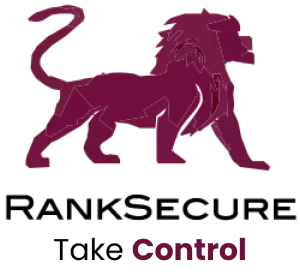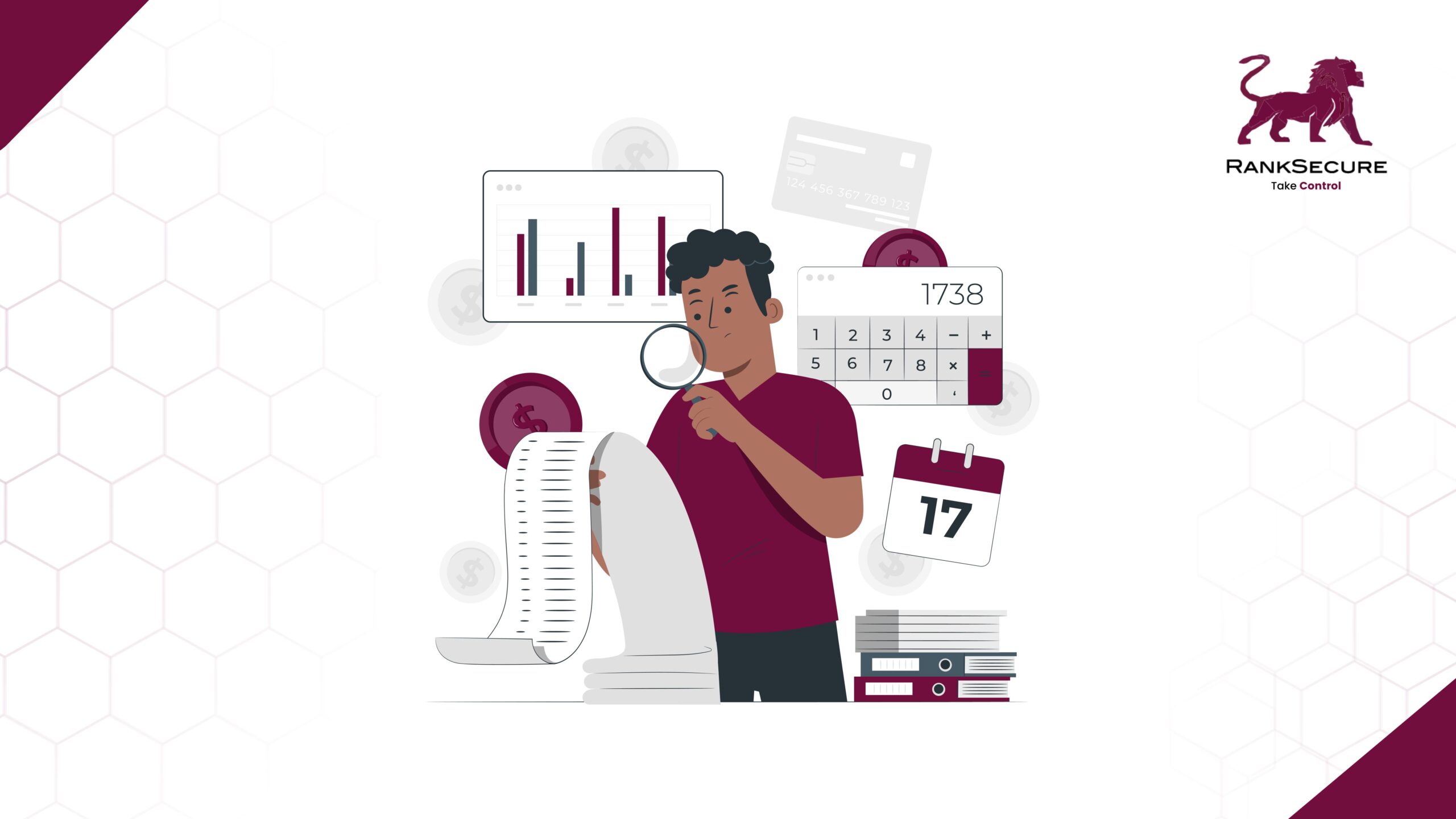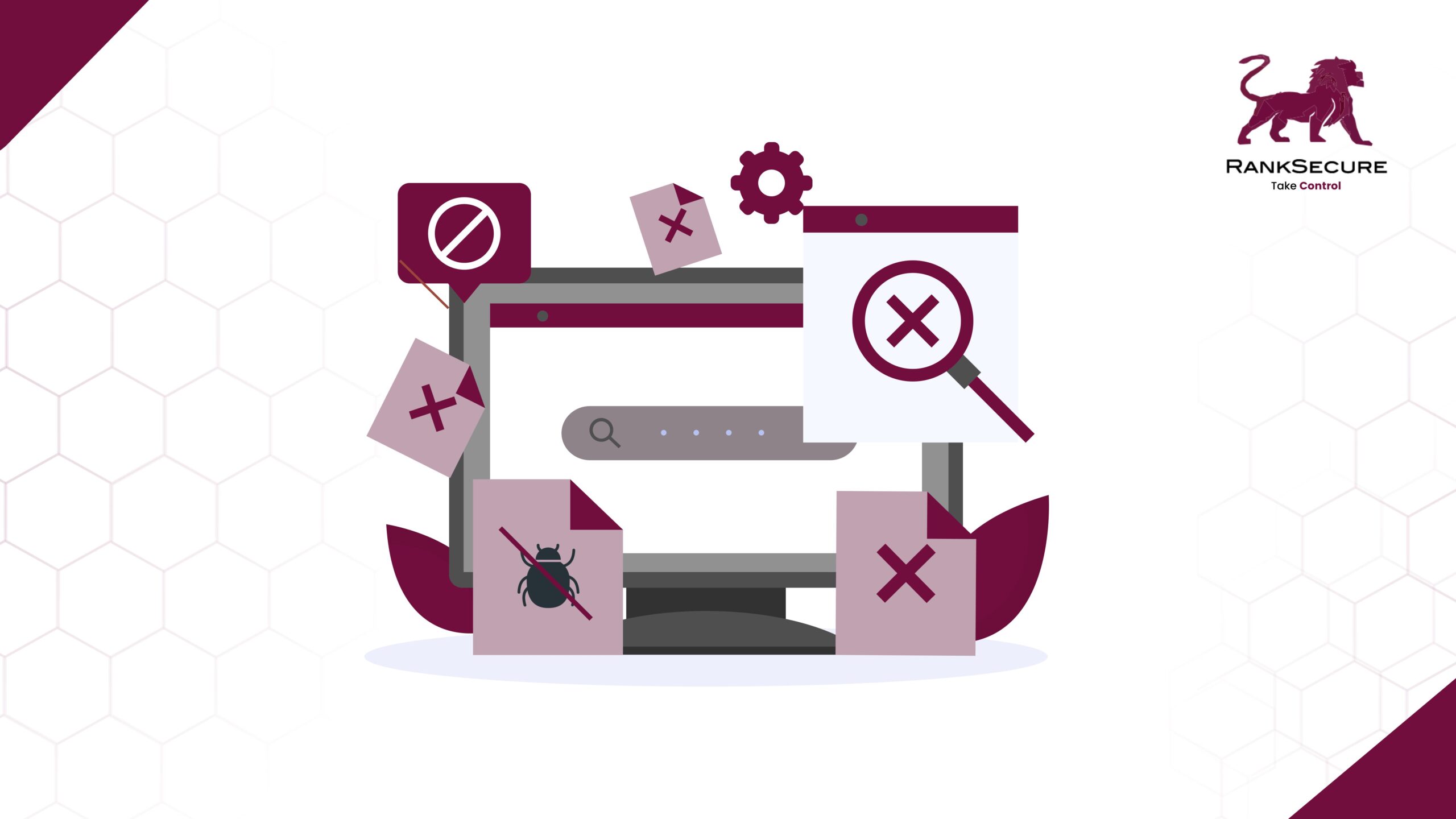No risk or compliance team ever sets out to operate in abstraction. Yet that’s exactly what happens when sector context is stripped from the systems that underpin decision-making. It’s not about whether the frameworks are there because they are. The problem is that they’re misaligned with how each industry actually experiences risk.
What emerges is governance on paper, but not in practice. An enterprise dashboard that tracks 300 controls, none of which are operationally tied to the parts of the business that actually move fast, fail silently, or affect market trust.
The cost isn’t always immediate. It shows up later, in risk committee meetings where no one can explain why exposure increased despite compliance. In vendor decisions made without clear visibility into regulatory interdependencies. In boardrooms where audit readiness has become a euphemism for not fully prepared.
This is not an IT systems problem. It’s a structure and alignment problem, and it varies dramatically by sector.
Financial Institutions Struggle With Latency, Not Awareness
Financial services firms usually have comprehensive GRC architectures. Control frameworks are mapped across functions, policies are documented and reviewed, and compliance teams are embedded in product development.
But the issue is beyond thoroughness. It’s latency.
Product timelines, jurisdictional shifts, and regulatory updates move quickly. Most GRC systems don’t. Controls that made sense during initial rollout often remain untouched while new financial instruments, geographies, or payment systems are added.
The result is predictable: operational teams adapt faster than controls do. Meanwhile, compliance systems are still trying to map legacy definitions to new behaviours.
This gap leads to recurring problems:
- Controls do not match transaction logic. Teams can’t map which regulatory policy applies to which system activity without manual intervention.
- Audit trails are reconstructed reactively, often from logs or reports that aren’t designed for real-time visibility.
- Policy changes lag behind product evolution, especially in cross-border services, where exposure multiplies across licensing, data residency, and reporting lines.
Where governance does work, it’s embedded directly into the transaction layer. Reporting is not an activity performed after the fact—it is a continuous output. Changes in exposure are observable in near real-time. Risk posture is monitored as part of operations, not in parallel.
In Healthcare, System Access Remains the Weakest Link
Healthcare providers have made major digital leaps—EHR adoption, telehealth integration, and centralised diagnostic systems. But access governance has failed to keep up.
Most clinical workflows involve multiple roles, devices, and third-party systems. Data flows across departments, vendors, and even care networks. Yet in many cases:
- Access rights are over-provisioned, based on role templates that are rarely updated.
- Device-level behaviours aren’t monitored contextually, so mobile devices used in high-risk departments look the same as workstations at the front desk.
- Third-party access is barely governed beyond a basic VPN or shared credential model.
When a breach occurs, incident response often starts with the question: “Who had access, and why?” And too often, the answer is, “We don’t know exactly.”
Mature healthcare governance does not treat access as static. It links identity, role, device, and data access patterns.
For example:
- A radiologist accessing imaging data from a registered machine within an approved location is treated differently from the same credentials logging in remotely from an unmanaged endpoint.
- Temporary contractors have clearly bounded permissions with automatic expiry, traceability, and integration into audit logs.
- Access anomalies—such as a nurse accessing systems outside their assigned department—trigger just-in-time review, not monthly policy audits.
The shift here is from identity access as configuration to identity access as context.
Retail’s Risk Profile Is Defined By Its Partners
Retailers operate in complex, decentralised ecosystems. Core systems may be tightly governed, but the real exposure often lies beyond them across:
- Fulfilment partners
- Payment processors
- E-commerce platforms
- Marketing tools and loyalty programs
- Outsourced customer support vendors
Traditional GRC platforms are often weakest here. They’re not built to:
- Track supplier-level compliance in real time
- Respond to third-party incidents dynamically
- Reflect region-specific exposure from distributed infrastructure
A data breach at a logistics partner may not be visible until customers complain. A payment processor may introduce code-level vulnerabilities that go undetected because no integration monitoring exists.
Resilient retail governance requires:
- Continuous third-party risk scoring
- Integration with vendor contract metadata (SLAs, breach notification windows, regulatory obligations)
- Real-time alerting when a vendor fails a security check, changes jurisdiction, or updates system permissions
- Distributed accountability—business units responsible for vendor onboarding also hold responsibility for security outcomes
Retail governance must reflect the structure of the business: distributed, fast-moving, and highly interdependent.
GRC Must Reflect Operational Truth
Strong governance doesn’t start with control frameworks. It starts with a clear understanding of how the business actually runs.
That means:
- Controls are tied to the systems that introduce material risk
- Exceptions are tracked and resolved, not just documented
- Reporting is continuous, not retrospective
- Risk posture is observable at the same speed the business moves
When GRC platforms are designed with sector-specific realities in mind, they can reflect that truth. They account for transaction types in finance, identity contexts in healthcare, and partner ecosystems in retail. They integrate with operational systems, not just policy teams.
Generic systems can still produce audits. They just can’t explain why exposure increased, even when everything appeared compliant.
GRACE: GRC That Doesn’t Wait for Things to Break
Most frameworks fail when the system behind them can’t keep up.
GRACE fixes that.
It’s a modular GRC platform that gives you real-time visibility into risks, controls, owners, and third-party exposure — without adding complexity. Whether you’re tracking compliance, ESG, or vendor accountability, GRACE connects the dots so issues don’t stay hidden.
It’s built on Oracle infrastructure & is deployable on-prem, in the cloud, or hybrid.
If your current system is just keeping records, not catching risk, it’s time for a change.
Get in touch with RankSecure to see what GRACE makes possible.








